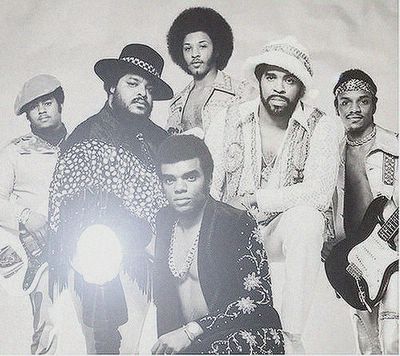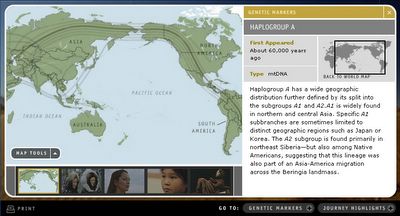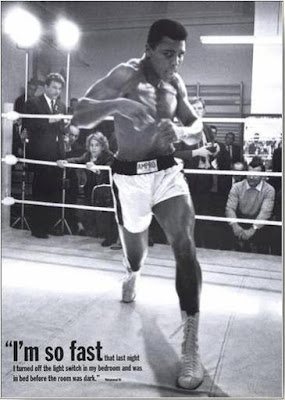
All babies together, everyone a seed
Half of us are satisfied, half of us in need
Love's bountiful in us, tarnished by our greed
Oh, When will there be a harvest for the world
A nation planted, so concerned with gain
As the seasons come and go, greater grows the pain
And far too many, feelin' the strain
Oh, When will there be a harvest for the world
Gather every man, gather every woman
Celebrate your lives, give thanks for your children
Gather everyone, gather all together
Overlooking none, hopin' life gets better for the world
Dress me up for battle, when all I want is peace
Those of us who pay the price, come home with the least
And nation after nation, turning into beast
Oh, When will there be a harvest for the world
Yeah, yeah
When will there be
I wanna know now now
When will there be a harvest for the world
A harvest for the world



























